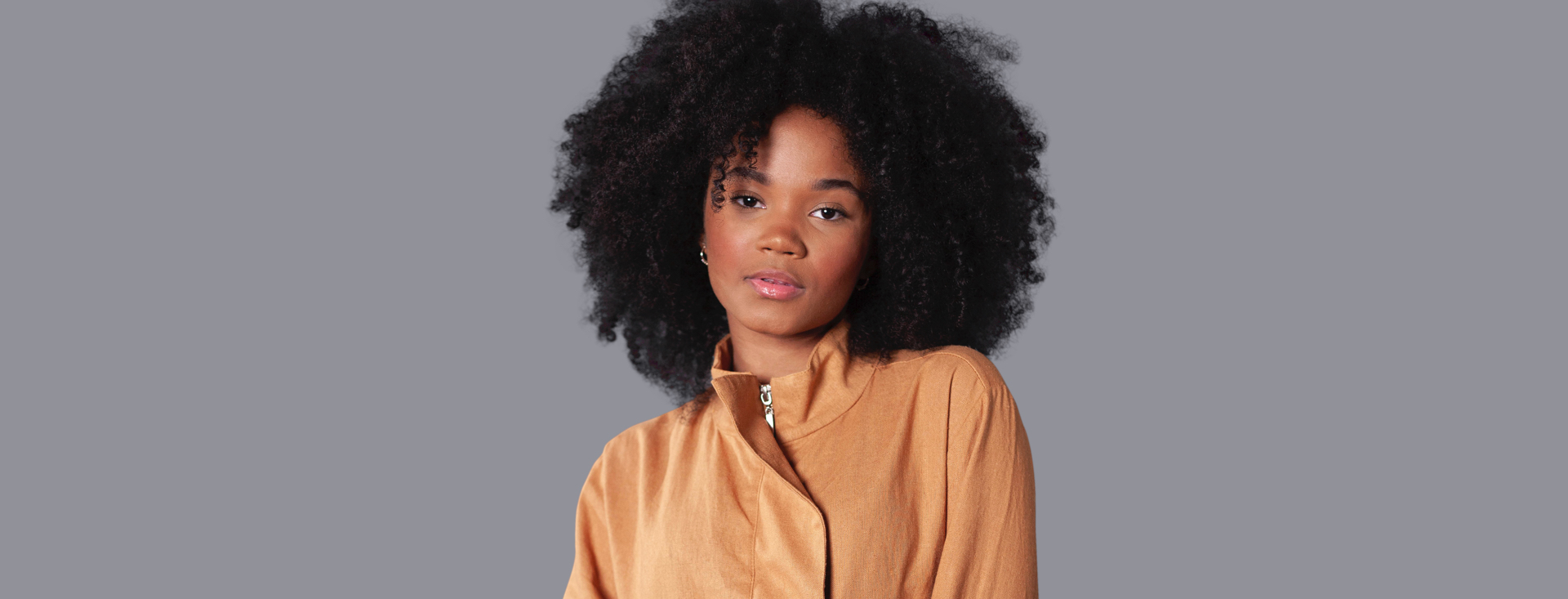
When Agnes Nunes was 12, she asked her mother for a cell phone. She got a keyboard instead, a twist of fate that would reshape the Brazilian singer’s entire future. And so, in the mountain-flanked city of Campina Grande, she began teaching herself how to play the instrument that had slipped quietly into her life.
“I started inside my mother’s apartment,” she told For the Record. “I used to play my keyboard in front of the window. I started recording myself and that’s how it all started.”
Her recordings grew into videos of herself performing cover songs that she would post online, showcasing the soulful poise and sensitivity of her vocals as well as her progressing keyboard work. Those covers snagged the attention of Rio de Janeiro rapper-singer Xamã (“Shaman” in English), and last year the pair enjoyed a breakthrough collaboration with “Cida,” a romantic duet that unfolds over wispy keys and gentle acoustic guitar.
Besides earning herself an instant calling card with that heartbreaking song, her association with Xamã led to her first record deal with the São Paulo label Bagua. “Xamã is kind of a godfather to me,” said Nunes. “He was the one who introduced me to my label, [which] now is a family to me.”
Their seamless pairing also yielded the four-song EP Elas Por Elas (“They For They”), produced by Nunes’s repeat collaborator CMK. Featuring “Cida,” the EP further illuminates her versatility, thanks to the spectral piano ballad “Dolores” and the samba-kissed “Sônia.” There’s also “Rose,” which pivots from a jazzy slow burn to funky disco pop, with Nunes gliding over the upbeat dance-floor summons with heavenly finesse.
Influenced by vocalists as diverse as Nina Simone, SZA, and Rihanna, Nunes brings a smoldering intimacy to everything she sings. That includes her debut single, “Segredo” (“Secret”), which pairs a skeletal keyboard hook with electronic beats and flourishes, and the more swaggering, R&B-shaded “100 por Hora” (“100 per Hour”), which references both iconic criminal couple Bonnie and Clyde and northeastern Brazil’s popular genre and dance, forró.
Singing in her native Portuguese, Nunes has found that her music travels well across other countries and cultures, transcending any would-be language barrier. “I think Brazilian music is well accepted in the whole world,” she said. “We had masters that opened this door for my generation. I receive a lot of messages from people from all kinds of countries, but especially where Portuguese is the mother language, like Portugal and Angola.”
Nunes’s varied run of singles and collaborations—in 2019 she also released a track with acclaimed Brazilian songwriter Tiago Iorc entitled “Pode Se Achegar” and appeared on Chico César’s orchestral yet funky “De Peito Alberto”—has already established the young artist as a rare singer who can slot into practically any setting while retaining her delicate phrasing and distinctive accent. This flexibility made her a fitting candidate for Spotify’s global emerging artist program, RADAR. The program features artists from over 50 markets worldwide and helps performers at all stages of their careers strengthen their connection to audiences via Spotify’s social channels, RADAR playlists curated by Spotify’s editors, and bespoke marketing initiatives.
Such an opportunity is definitely a step in the right direction for Nunes, who has grown by leaps and bounds from when she was that curious 12-year-old teaching herself keyboard in her mom’s apartment. When asked about her goals for the future, she answers simply, “Music. Music is my plan and goal for life.”
Check out more of the artists selected for Spotify’s global RADAR program.






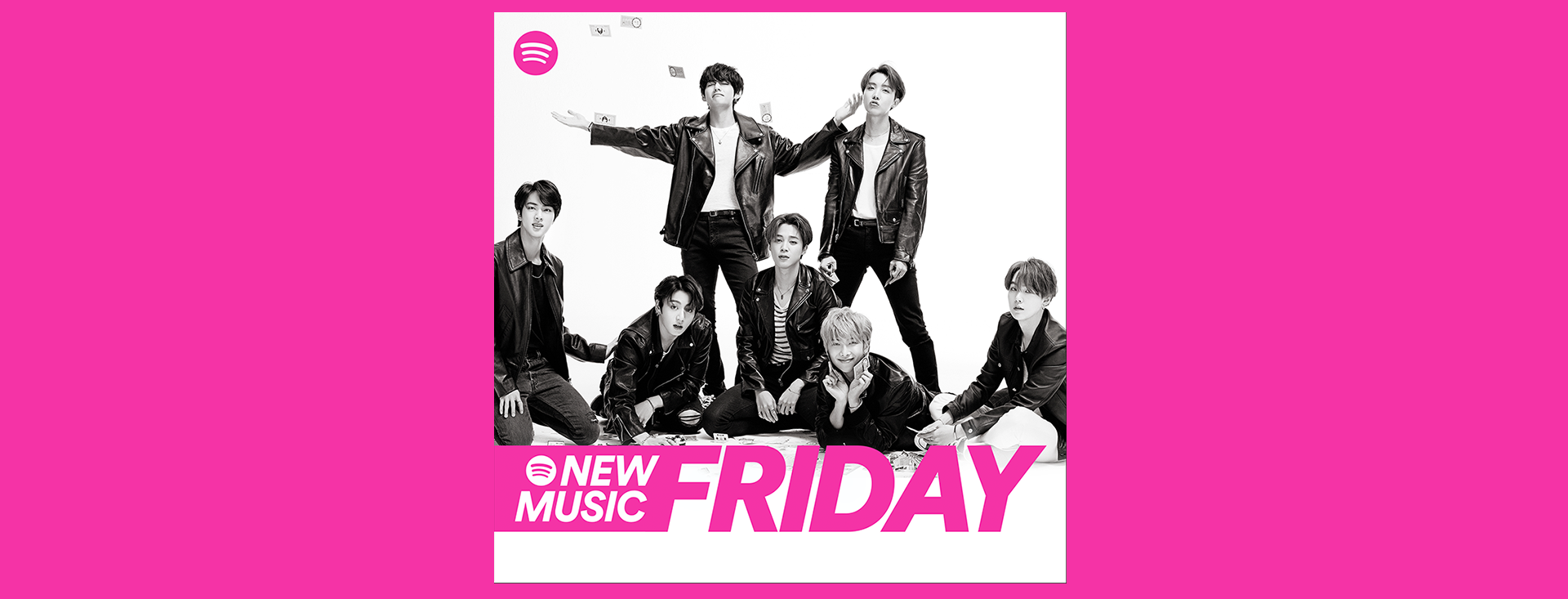
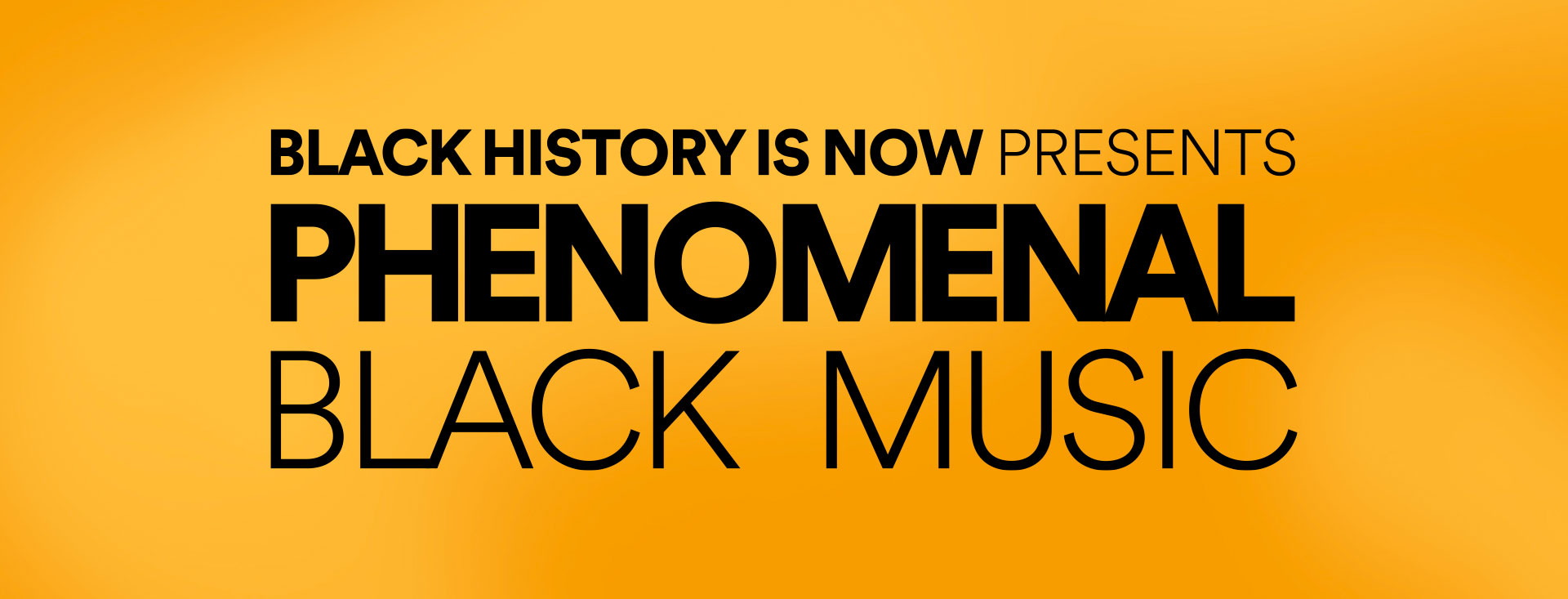
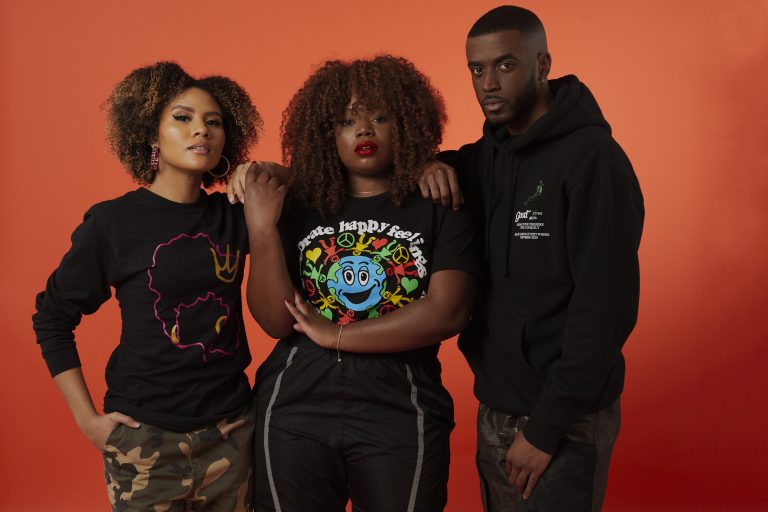
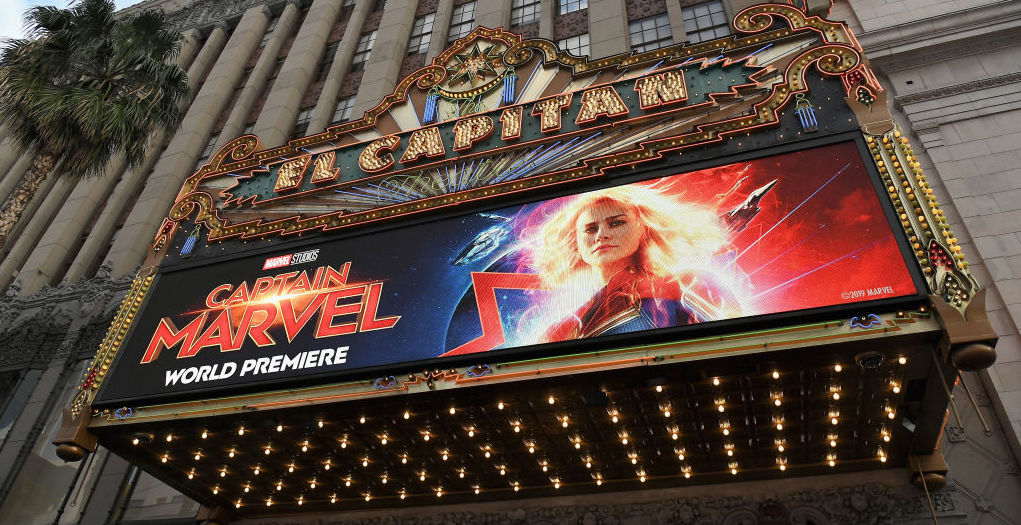
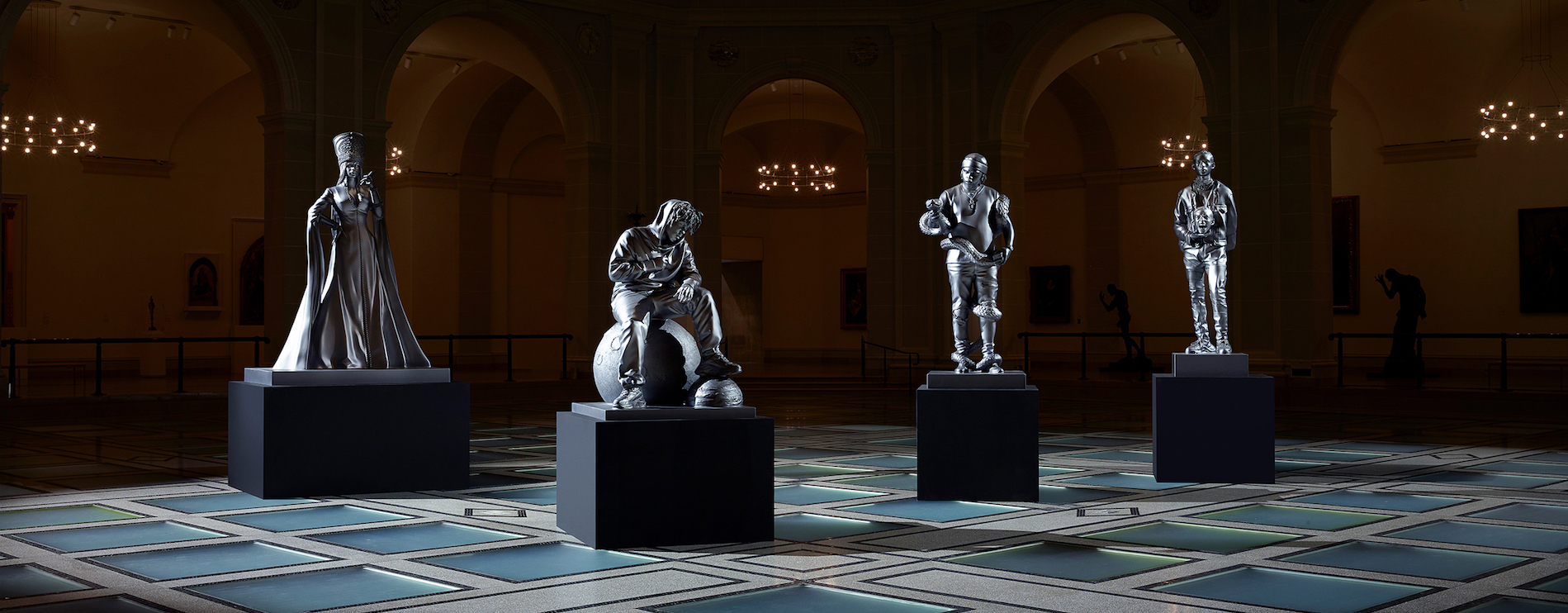
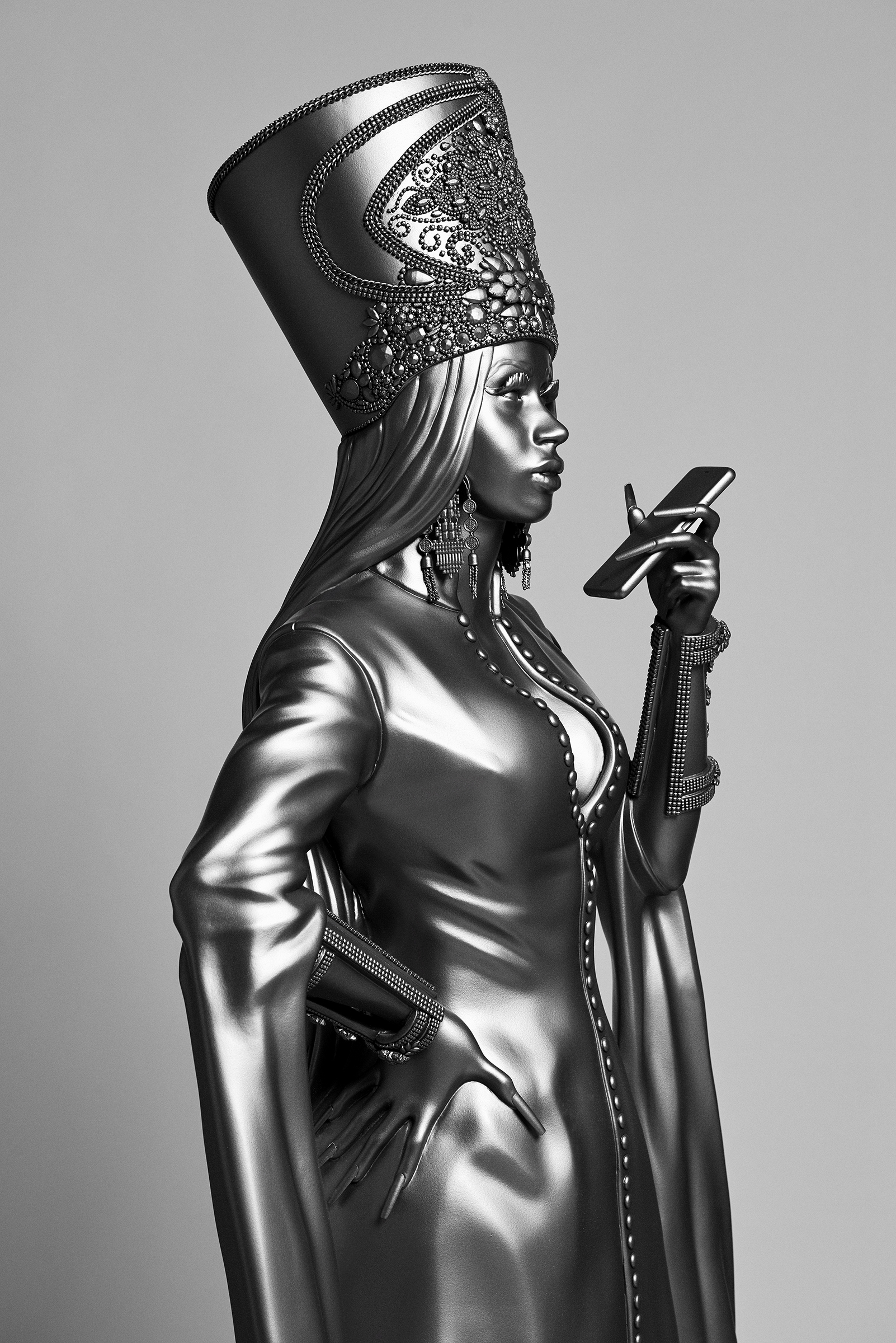
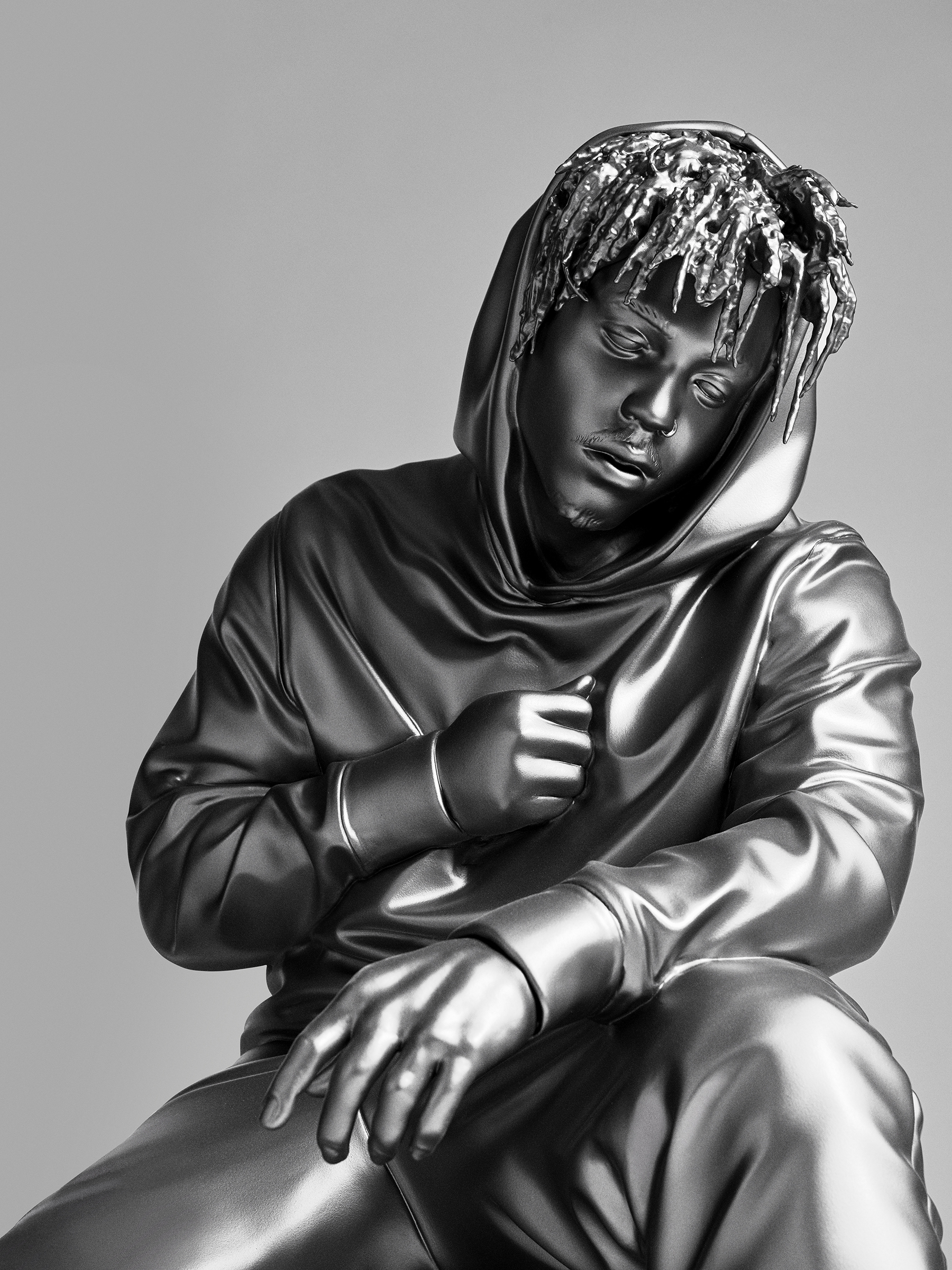
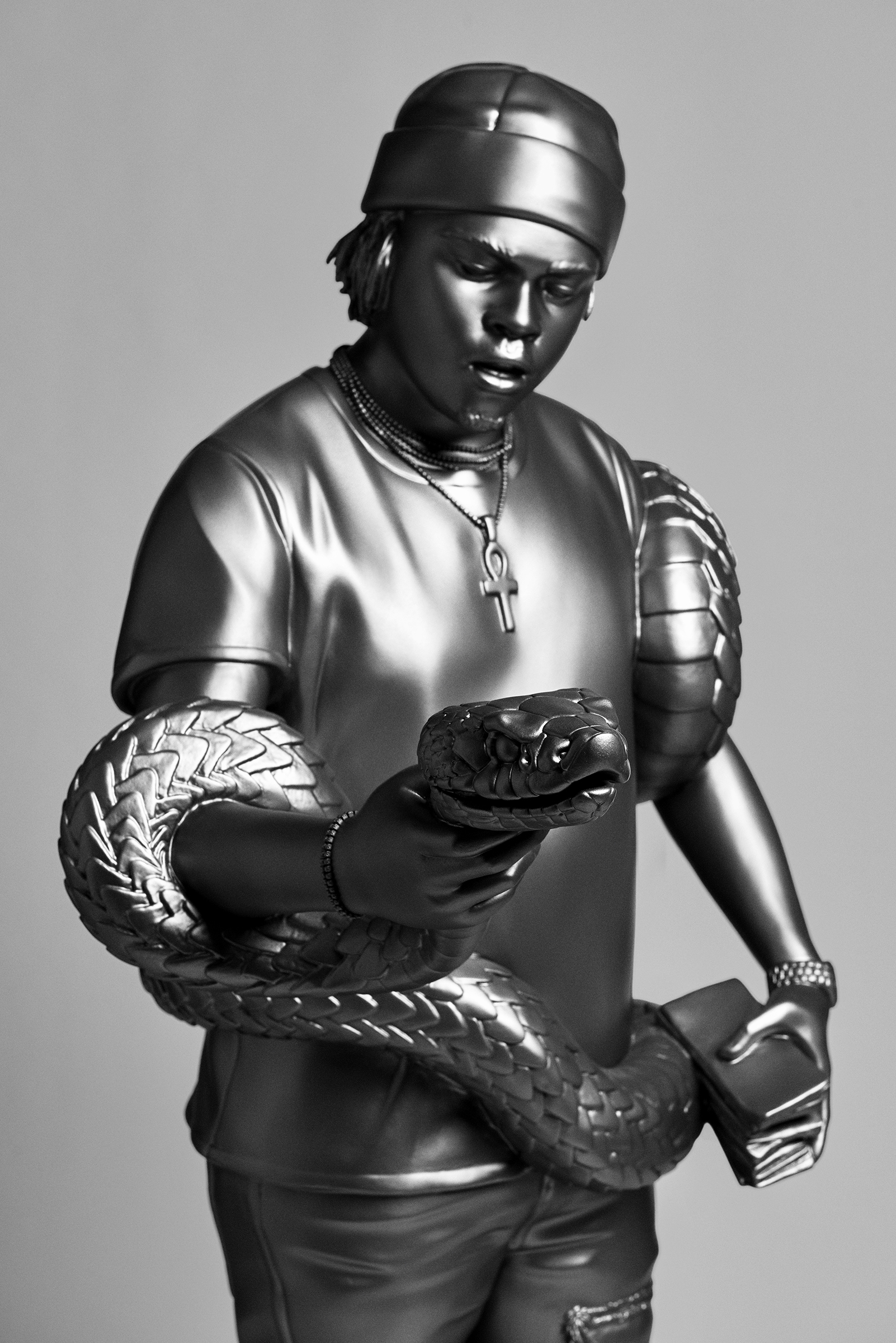

Recent Comments